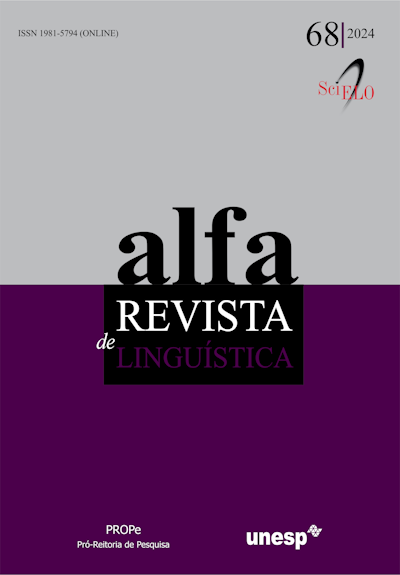Comparative analysis between Ernst Cassirer’s concepts of Sign/symbol” and V. Voloshinov’s concept of “ideological sign”
DOI:
https://doi.org/10.1590/1981-5794-e18202Keywords:
Sign, Marxism and Philosophy of Language, Philosophy of Symbolic FormsAbstract
In recent years, many studies have been published on the influences and convergences between the thought of the so-called “Bakhtin Circle” and other contemporary authors of Russian authors M. Bakhtin, P. Medvedev and V. Voloshinov. In this sense, several researchers (Marchezan, 2019; Faraco, 2009; Grillo, 2017; Poole, 1998; Brandist, 2002, 1997; Lofts, 2016, 2000; Tihanov, 2002; Dop, 2001) have shown some convergences between the thinking of German philosopher Ernst Cassirer and the thinking of the aforementioned Russian authors, as well as the influences that Cassirer had on their theoretical construct. In this article, therefore, we propose a comparative analysis between concepts of “symbol/ sign” developed by Cassirer and the concept of “sign” outlined by Voloshinov, pointing out similarities, differences, and possible influences of Cassirer on Voloshinov. Our path of analysis is guided by the search for “principles” or “key concepts” that can synthesize these mentioned concepts. We conclude that the idea defended by Voloshinov, which the different spheres (religion, art, politics, etc.) are linked to by their sign substrate, is directly influenced by Cassirerian theses. Also, the representation of semiotic systems, understood as the “pointing outside of one’s self” of the concrete sign, which correlates at least two realities, is influenced by Cassirer’s premises.
Downloads
Downloads
Published
How to Cite
Issue
Section
License
Copyright (c) 2024 ALFA: Revista de Linguística

This work is licensed under a Creative Commons Attribution 4.0 International License.
Manuscripts accepted for publication and published are property of Alfa: Revista de Linguística. It is forbidden the full or partial submission of the manuscript to any other journal. Authors are solely responsible for the article's content. Translation into another language without written permission from the Editor advised by the Editorial Board is prohibited.

